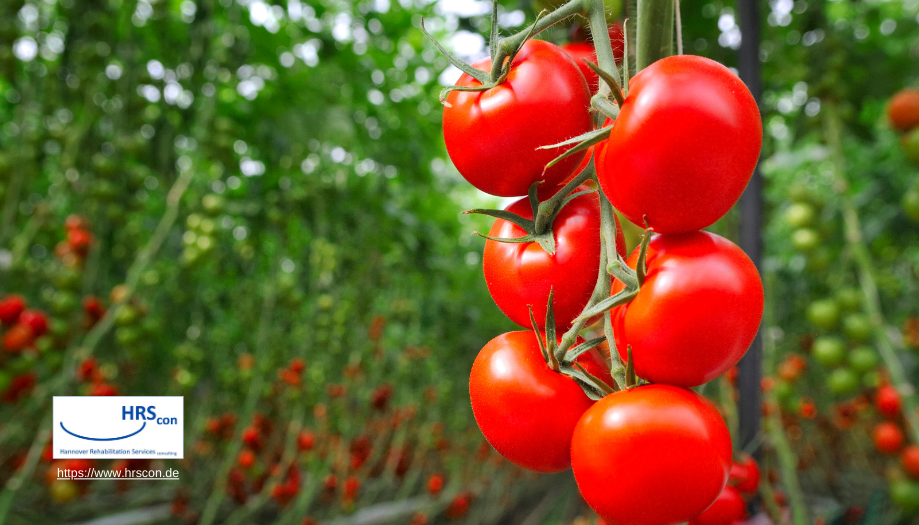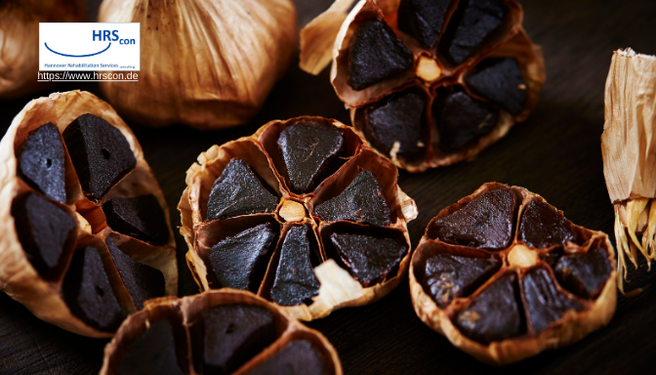Introduction Tomatoes are one of the world’s most popular vegetables, widely loved for their flavor and rich nutrients like vitamin C and lycopene, a powerful antioxidant. Each year, more than 130 million tons of tomatoes are processed globally, resulting in significant waste—mainly in the form of tomato peels and seeds. These by-products, often discarded, have shown remarkable health potential, including possible cancer-fighting properties, particularly due to their high lycopene content. Research suggests that reusing tomato waste could pave the way for sustainable waste management and innovative health solutions.
The Problem of Tomato Waste
The industrial processing of tomatoes results in approximately 10-18% waste. Globally, this adds up to millions of tons of by-products annually, most of which are discarded. Improperly managed, this waste can harm ecosystems by releasing harmful chemicals and contaminants.
Tomato Peels: A Source of Lycopene Lycopene is the standout component of tomato peel waste. This antioxidant is linked to various health benefits, including reducing oxidative stress and potentially lowering cancer risks. Notably, lycopene is a natural pigment that gives tomatoes their red color and possesses potent antioxidant properties, even more powerful than those of beta-carotene and vitamin E. Tomato peels, typically comprising 56-65% of the pomace, contain the highest concentration of this valuable compound.
Potential Health Benefits of Lycopene
Lycopene has gained attention for its role in promoting health and preventing diseases. By neutralizing free radicals, it can protect cells from oxidative stress, which is linked to chronic illnesses like cardiovascular diseases, vision impairment, and some types of cancer. Regular consumption of tomatoes, rich in lycopene and other antioxidants like lutein and zeaxanthin, helps maintain good eye health and reduces the risk of age-related eye degeneration.
Anticancer Properties of Lycopene Beyond its general health benefits, lycopene’s potential in cancer treatment is especially promising. Research shows that lycopene can induce apoptosis, a programmed cell death that helps eliminate cancer cells. Laboratory studies have shown lycopene’s efficacy in inducing apoptosis in prostate, breast, stomach, and colon cancer cell lines. Lycopene may inhibit tumor progression by interfering with cell proliferation and aiding in the regulation of cellular pathways related to growth and apoptosis. Although human studies are ongoing, initial findings have fueled interest in developing lycopene-based therapeutic strategies against cancer.
The Process of Extracting Lycopene from Tomato Waste
Different extraction methods can be used to retrieve lycopene and other bioactive compounds from tomato peels. Some of the most notable include:
- Supercritical Fluid Extraction (SC-CO2): This method employs supercritical carbon dioxide to isolate lycopene efficiently. Supercritical CO2 is non-toxic, cost-effective, and ideal for preserving thermally sensitive compounds like lycopene.
- Enzyme-Assisted Extraction (EAE): By using enzymes such as cellulases and pectinases, EAE helps break down tomato cell walls, facilitating lycopene release. This approach is efficient and environmentally friendly.
- Microwave-Assisted Extraction (MAE): MAE uses microwave radiation to heat the extraction solvent, enhancing lycopene yield. This technique is quick and minimizes solvent use, making it eco-friendly.
- Ultrasound-Assisted Extraction (UAE): Sound waves at specific frequencies create cavitation bubbles that help release lycopene from the cell matrix. UAE is particularly effective at low temperatures, preserving the compound’s bioactivity.
Tomato Waste: A Step Towards Sustainable Practices
The reuse of tomato waste, particularly peels, is an excellent example of how food by-products can support sustainability. The global tomato market, valued at over $165 billion, produces enough waste to make lycopene extraction economically feasible and environmentally beneficial. Moreover, the high yield of lycopene in tomato peels highlights the potential for new products in health and beauty industries, where lycopene-enriched supplements and cosmetics are increasingly popular.
Impact on Cancer Research and Future Potential Ongoing studies on lycopene’s anticancer properties could lead to significant advancements in oncology. If confirmed effective, lycopene could become a regular part of cancer prevention or treatment protocols. Additionally, consuming tomatoes and tomato-based products could provide preventive benefits in a more accessible, natural form.
Final Thoughts
Recycling tomato peel waste and extracting lycopene for its potential anticancer properties is a promising example of innovation in both health science and environmental sustainability. It not only supports the reduction of food waste but also opens new doors for natural health solutions. As research progresses, lycopene from tomato waste may very well become a valuable tool in the global fight against cancer, creating a powerful story of turning everyday waste into a life-saving resource.




